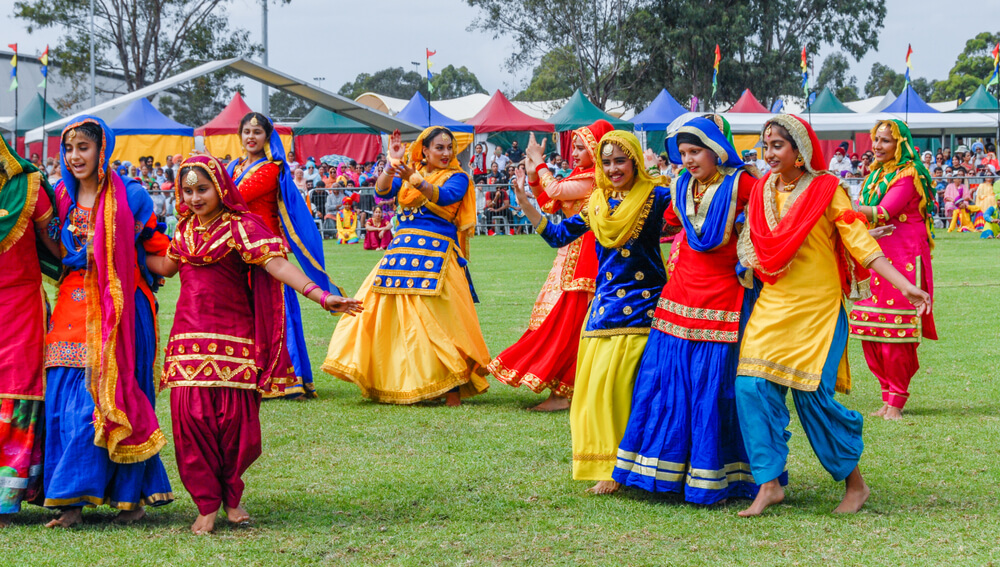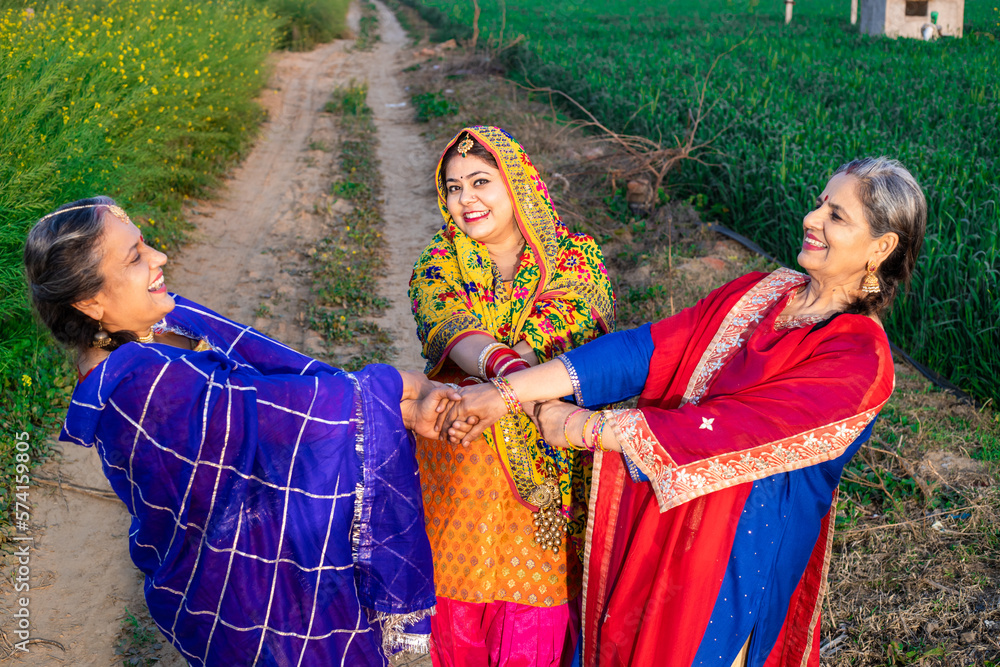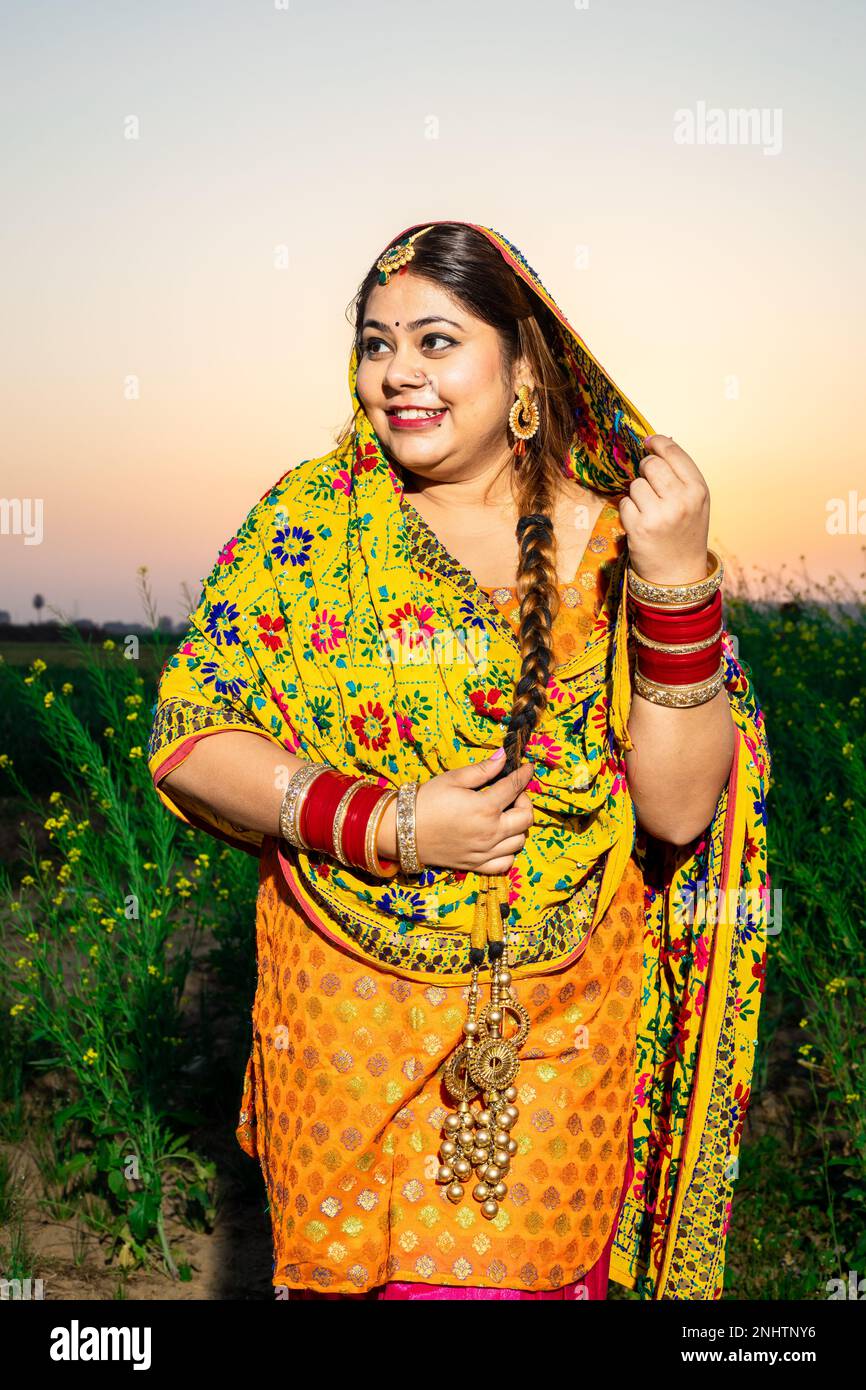🤖 AI-Generated Content
This content has been created using artificial intelligence. While we strive for accuracy, please verify important information independently.
It is quite something to think about, but a huge number of people, around 130 million folks from both India and Pakistan, actually grow up speaking Punjabi as their very first language. That is a really big group of people, so you can imagine the stories they share and the ways they connect. This language, you see, is more than just words; it is a shared feeling, a way of life for so many across different places.
This vast community, spread across different lands, naturally creates and enjoys a lot of things together, from music to storytelling. When a language has so many people who speak it, it means there is a very rich collection of cultural works, including films, that come to life. People who love this language and its traditions often want to experience these stories, no matter where they happen to be living at the moment. It is, you know, a way to stay close to their roots and share in common experiences.
So, it makes perfect sense that there is a considerable interest in watching Punjabi movies. People are always on the lookout for new tales and familiar faces from their culture. Whether it is a heartwarming family drama or a lively comedy, these films offer a piece of home and a connection to a shared identity. It is, in a way, a very natural thing for people to seek out these cinematic experiences that speak directly to their hearts and their heritage.
Table of Contents
- The Far-Reaching Voice of Punjabi Speakers
- What Makes Punjabi Films So Popular?
- Where Do People Connect with Punjabi Stories?
- How Did Punjabi Become Such a Big Language?
- Why Are Punjabi Religious Texts Important?
- Who Are the People Behind Punjabi Culture?
- A Look Back at Punjabi Language Roots
The Far-Reaching Voice of Punjabi Speakers
It is really quite something to consider just how many people speak Punjabi. We are talking about over 130 million individuals across the globe who call this language their own. This makes it, you know, the tenth most commonly spoken language anywhere on Earth. That is a rather impressive position for any language to hold, showing its deep roots and wide reach. This significant number means that Punjabi is not just a regional tongue; it is a global voice, connecting people far and wide.
The language has a very special place in South Asia, where it is held in high regard. People truly respect its history and its sound. While a large portion of its speakers live in India and Pakistan, it is also very much alive in other parts of the world. For instance, you will find people speaking Punjabi in places like Kenya, Singapore, the United Kingdom, and Canada. It is, basically, a language that travels with its people, building communities and keeping traditions alive wherever they settle.
This wide spread means that Punjabi culture, including its stories and films, gets shared across many borders. When so many people speak the same language, it naturally fosters a shared appreciation for the stories told within that language. It is like a big family, you know, all sharing the same inside jokes and understanding the same cultural references. This connection, in some respects, makes the demand for Punjabi films and entertainment quite strong, as people seek out content that resonates with their linguistic and cultural background.
What Makes Punjabi Films So Popular?
Thinking about why Punjabi films have such a following, it really comes down to the stories they tell and the way they tell them. These movies often show everyday life, with all its joys and little challenges, in a way that feels very real to people who speak the language. They often feature strong family ties, lively music, and a good bit of humor, which are things that truly resonate with the community. It is, you know, like looking into a mirror and seeing your own experiences reflected back, but with a bit of cinematic sparkle.
The characters in these films, too, often feel like people you might know from your own neighborhood or family. They are relatable, and their struggles or triumphs often mirror what many people go through. This sense of familiarity, combined with engaging plots and catchy songs, makes watching a Punjabi movie a truly enjoyable experience for many. It is a very direct way to connect with the shared cultural narrative, offering both entertainment and a sense of belonging.
Moreover, the music in Punjabi films is often a big draw. Songs are not just background noise; they are often central to the story, with lively beats and meaningful lyrics that people love to sing along to. This combination of compelling storytelling, authentic characters, and memorable music creates a unique appeal that keeps audiences coming back for more. It is, basically, a complete package of entertainment that speaks directly to the hearts of Punjabi speakers everywhere.
Finding Your Favorite Punjabi Movies Download
With so many people wanting to watch these films, the question of how to get them often comes up. People are always looking for ways to enjoy their favorite Punjabi movies. Whether it is a new release or an old classic, the desire to watch these stories is pretty strong. It is, you know, about staying connected to the culture and enjoying the art that comes from it. People really do appreciate having access to films that reflect their own background.
The interest in finding Punjabi movies, perhaps for viewing at home, shows just how much these films mean to people. It is not just about entertainment; it is about cultural connection and preserving a piece of one's heritage. People often look for ways to keep up with the latest stories and share them with family and friends. This search for Punjabi movies, in a way, highlights the global reach of the language and its artistic expressions.
The availability of these films, whether through streaming services or other means, is important for keeping the culture alive and accessible. When people can easily find and watch Punjabi movies, it helps the industry grow and allows more stories to be told. It is, basically, about making sure that these valuable cultural products can reach everyone who wants to experience them, no matter where they are located. This sustained interest in Punjabi movies, for many, is a way to celebrate their identity.
Where Do People Connect with Punjabi Stories?
The Punjabi language is native to a very specific and historically rich part of the world: the Punjab region of the Indian subcontinent. This area is split between the Pakistani province of Punjab and the Indian state of Punjab. It is, you know, the birthplace of the language and where most of its cultural traditions truly blossomed. This shared geography, despite political borders, means a deep, shared heritage for people on both sides.
For the Punjabi people, this language is their very own mother tongue, a fundamental part of who they are. It holds an official position in the Indian state of Punjab, which means it is used in government, education, and daily public life there. This official status helps to preserve the language and ensure it continues to thrive for future generations. It is, basically, a recognition of its importance in the daily lives of millions.
Beyond its homeland, Punjabi speakers have carried their language and stories to many other countries. As mentioned earlier, communities of Punjabi speakers can be found in places like Kenya, Singapore, the United Kingdom, and Canada. In these places, the language becomes a vital link to their origins, helping to maintain cultural identity far from home. This global spread means that Punjabi stories, including films, find audiences across continents, connecting people through shared narratives.
How Did Punjabi Become Such a Big Language?
The story of how Punjabi came to be is quite a long one, stretching back many centuries. It actually grew out of an older language called Shauraseni, which was spoken in northern India during medieval times. Over time, as languages often do, it began to change and develop its own unique sounds and ways of putting words together. This process of change is, you know, how languages evolve and become distinct from their ancestors.
By the 11th century, Punjabi had truly become its own distinct language, separate from its linguistic relatives. This means it had developed its own grammar, its own vocabulary, and its own unique character. This long history gives the language a deep sense of heritage and tradition. It is, basically, a language with a very old soul, carrying the echoes of many generations within its words and phrases.
Today, Punjabi is one of India's 22 official languages, a clear sign of its importance within the country. This recognition at a national level helps to ensure its continued use and study. The journey from an ancient dialect to a widely spoken, officially recognized language is, in some respects, a testament to the resilience and cultural richness of the people who speak it. It is a language that has truly stood the test of time.
The Old Ways and New Ways to Talk About Punjabi Movies Download
It is interesting to note how the language itself has been written and spoken over time. For a while, the old British spelling, "Punjabi," was, and still is, quite common in general use. You see it everywhere, perhaps more often than the academically preferred way of writing it. This shows, you know, how habits stick around, especially when they are widely adopted by many people. It is a little piece of history in the way we write the name.
This enduring common spelling highlights how language is a living thing, shaped by how people actually use it every day. Even with academic preferences, popular usage often wins out in the long run. When people talk about Punjabi movies, or perhaps Punjabi movies download, they are most likely using this familiar spelling. It is, basically, the way most people recognize and refer to the language and its cultural output.
The way we talk about and spell things, too it's almost, changes over time, but some things just stick. The fact that the older spelling remains so widely used speaks to its embeddedness in public consciousness. This applies to how people search for and discuss things like Punjabi films; they will use the terms that feel most natural and widely understood. It is, in a way, a reflection of how language lives and breathes through its speakers.
Why Are Punjabi Religious Texts Important?
One of the most fascinating aspects of Punjabi is its deep connection to spiritual and religious writings. Many important Sikh religious texts, for instance, are written in Punjabi. The Guru Granth Sahib, which is the main holy book for Sikhs, is a very significant example of this. Its pages hold the core beliefs and teachings of the Sikh faith, all expressed in the Punjabi language. This makes the language, you know, incredibly sacred for millions of people.
The fact that such a central religious scripture is written in Punjabi gives the language a very special status. It is not just a tool for everyday conversation; it is also a vessel for profound spiritual wisdom and guidance. This connection to faith means that learning and preserving Punjabi is often seen as a religious duty for many Sikhs, helping to keep their traditions alive. It is, basically, a language that carries the weight of spiritual heritage.
This link between language and faith also means that Punjabi holds a unique place in the hearts of its speakers. It is a language that connects them not only to their cultural past but also to their spiritual journey. The words of the Guru Granth Sahib, expressed in Punjabi, continue to inspire and guide countless individuals around the world. It is, in some respects, a language that truly nourishes the soul.
Who Are the People Behind Punjabi Culture?
When we talk about Punjabi people, it is important to remember that they come from different backgrounds, especially in terms of their faith. For example, Punjabi Muslims are found almost entirely in Pakistan. A very large number, about 97% of Punjabis living in Pakistan, follow the Islamic faith. This means that Islam is a very big part of the cultural fabric for most Punjabi people in that country. It is, you know, a major influence on their daily lives and traditions.
This is quite a contrast to Punjabi Sikhs and Punjabi Hindus, who make up the majority of Punjabi speakers in other areas, particularly in India. While Punjabi Muslims predominantly follow Islam, Punjabi Sikhs mostly follow Sikhism, and Punjabi Hindus mostly follow Hinduism. This shows the rich diversity within the broader Punjabi community, with different faiths contributing to the overall cultural tapestry. It is, basically, a group of people united by language but varied in their spiritual paths.
Despite these differences in religious practice, the shared language of Punjabi acts as a powerful bond. It allows for a common expression of culture, stories, and art, including films. Whether one is Muslim, Sikh, or Hindu, the Punjabi language provides a common ground for shared identity and understanding. This shared linguistic heritage, in a way, helps to bridge different religious experiences within the larger Punjabi population.
A Look Back at Punjabi Language Roots
The history of the Punjabi language is, you know, a really long and interesting one. It did not just appear overnight; it grew and changed over many hundreds of years. Its beginnings can be traced back to a language called Shauraseni, which was spoken in the northern parts of India during the medieval period. This means Punjabi has very old roots, reaching deep into the past of the Indian subcontinent.
Over time, as people spoke and used Shauraseni, it slowly started to change, developing its own unique characteristics. By the 11th century, these changes had become so pronounced that Punjabi was recognized as a distinct language in its own right. It had its own set of rules, its own way of forming words, and a unique sound that set it apart from other languages. This process of linguistic evolution is, basically, how all languages come to be.
It is also worth noting that Punjabi is not just one single, unchanging thing. There are, in fact, two main varieties of Punjabi. This is pretty common for languages that are spoken by so many people across such a wide area. Different regions and communities often develop their own slight variations in pronunciation, vocabulary, or even grammar. This means that while the core language remains the same, there are subtle differences that make it even richer and more diverse.
This article has explored the vast reach and cultural importance of the Punjabi language, spoken by over 130 million people worldwide. We looked at its status as the tenth most spoken language globally and its significant presence in South Asia, as well as in places like Kenya, Singapore, the UK, and Canada. The discussion also touched upon its origins from the Shauraseni language, its official recognition in India, and its central role in Sikh religious texts. Furthermore, we considered the diverse religious backgrounds within the Punjabi-speaking community and how the language acts as a unifying force. The ongoing interest in Punjabi films, and the desire to access them, was presented as a natural outcome of this widespread linguistic and cultural heritage.
Additional Resources
Visual Content



Disclaimer: This content was generated using AI technology. While every effort has been made to ensure accuracy, we recommend consulting multiple sources for critical decisions or research purposes.
